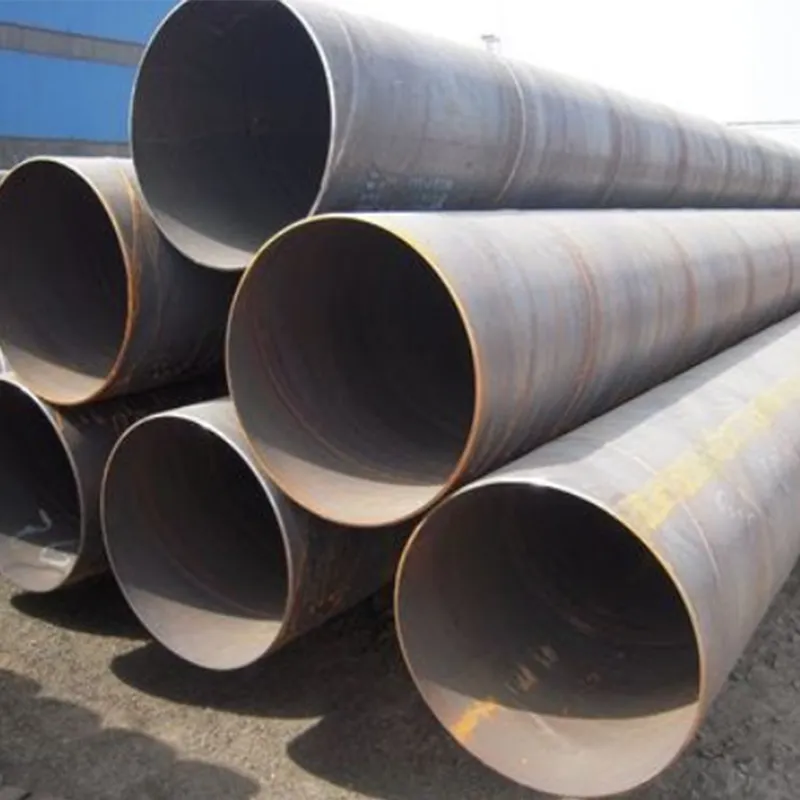-
Cangzhou Yulong Steel Co., Ltd.
-
Phone:
+86 13303177267 -
Email:
admin@ylsteelfittings.com
- English
- Arabic
- Italian
- Spanish
- Portuguese
- German
- kazakh
- Persian
- Greek
- French
- Russian
- Polish
- Thai
- Indonesian
- Vietnamese
- Zulu
- Korean
- Uzbek
- Hindi
- Serbian
- Malay
- Ukrainian
- Gujarati
- Haitian Creole
- hausa
- hawaiian
- Hebrew
- Miao
- Hungarian
- Icelandic
- igbo
- irish
- Japanese
- Javanese
- Kannada
- Khmer
- Rwandese
- Afrikaans
- Albanian
- Amharic
- Armenian
- Azerbaijani
- Basque
- Belarusian
- Bengali
- Bosnian
- Bulgarian
- Catalan
- Cebuano
- China
- China (Taiwan)
- Corsican
- Croatian
- Czech
- Danish
- Esperanto
- Estonian
- Finnish
- Frisian
- Galician
- Georgian
- Kurdish
- Kyrgyz
- Lao
- Latin
- Latvian
- Lithuanian
- Luxembourgish
- Macedonian
- Malgashi
- Malayalam
- Maltese
- Maori
- Marathi
- Mongolian
- Myanmar
- Nepali
- Norwegian
- Norwegian
- Occitan
- Pashto
- Dutch
- Punjabi
- Romanian
- Samoan
- Scottish Gaelic
- Sesotho
- Shona
- Sindhi
- Sinhala
- Slovak
- Slovenian
- Somali
- Sundanese
- Swahili
- Swedish
- Tagalog
- Tajik
- Tamil
- Tatar
- Telugu
- Turkish
- Turkmen
- Urdu
- Uighur
- Welsh
- Bantu
- Yiddish
- Yoruba

Dec . 01, 2024 03:07 Back to list
8 inch flange
Understanding the 8 Inch Flange A Comprehensive Guide
Flanges are essential components in various industries, serving as critical connectors between pipes, valves, pumps, and other equipment. Among these, the 8 inch flange is a notable size that serves numerous applications, particularly in industrial and commercial settings. In this article, we will delve into the specifics of the 8 inch flange, covering its dimensions, types, materials, applications, and installation practices.
What is an 8 Inch Flange?
The term 8 inch flange refers to a flange with a nominal diameter of 8 inches, which is a standard size in piping systems. Flanges come in different shapes and configurations, including slip-on, blind, threaded, and weld neck. The designation 8 indicates a nominal pipe size (NPS) that is 8 inches in diameter; however, the exact measurement can vary depending on the type of flange and associated standards.
Dimensions and Specifications
Flanges are defined by several key dimensions the outer diameter, inner diameter, thickness, bolt circle diameter, bolt hole diameter, and the number of bolt holes. For the 8-inch flange, these dimensions are crucial for ensuring a proper fit and seal.
Typically, the outer diameter of an 8-inch flange can range from about 11.0 to 12.0 inches, while the inner diameter closely matches the corresponding pipe diameter, approximately 8.0 inches. The thickness can vary based on the flange type and pressure class. Additionally, the bolt circle diameter and number of bolt holes are specified according to various standards like ASME B16.5, which governs the physical dimensions of flanges and their fittings.
Types of Flanges
There are several types of 8-inch flanges, each designed for specific applications
1. Slip-On Flange This type is slipped over the pipe and welded in place. It is easy to align and offers a good seal, making it suitable for various pressure levels.
2. Blind Flange A solid disc without any opening, it is used to seal the end of a pipe or fitting. It is essential for closing off pipelines and is used extensively in pressure systems.
3. Weld Neck Flange This flange is designed with a long neck that is welded to the pipe, providing a robust connection that can support higher pressure applications.
8 inch flange

4. Threaded Flange Used when welding is not an option, this flange has threads which allow it to be screwed onto the threaded pipe end.
Materials
The materials used in manufacturing 8 inch flanges can vary based on the operating environment and application requirements. Common materials include
- Carbon Steel Suitable for a variety of applications due to its strength and cost-effectiveness. - Stainless Steel Offers corrosion resistance and is used in environments where hygiene is critical, such as food and beverage industries. - Alloy Steel These are engineered for high-strength applications and can withstand extreme temperatures and pressures.
Applications
The 8-inch flange is broadly used across several sectors, including
- Oil and Gas To connect pipelines and equipment in drilling and refining operations. - Water Treatment For joining pipes and equipment in water supply systems. - Chemical Processing In applications that require durable connections resistant to corrosive substances.
Installation Practices
Proper installation of an 8-inch flange is critical to prevent leaks and ensure system integrity. Before installation, it is important to inspect the flange and ensure that both mating surfaces are clean and free of debris. Gaskets are typically used to create a tight seal, and care should be taken to align the flanges correctly before tightening the bolts. A torque wrench should be used to apply the correct amount of torque to the bolts to ensure a secure connection without over-tightening, which can lead to damage.
Conclusion
The 8 inch flange is a versatile and widely-used component in various industries. Understanding its dimensions, types, materials, and proper installation techniques is crucial for effective pipeline management and system integrity. Whether in the oil and gas sector, water treatment facilities, or chemical processing plants, mastering the nuances of flanges ensures safer and more efficient operations.
Latest news
-
ANSI 150P SS304 SO FLANGE
NewsFeb.14,2025
-
ASTM A333GR6 STEEL PIPE
NewsJan.20,2025
-
ANSI B16.5 WELDING NECK FLANGE
NewsJan.15,2026
-
ANSI B16.5 SLIP-ON FLANGE
NewsApr.19,2024
-
SABS 1123 FLANGE
NewsJan.15,2025
-
DIN86044 PLATE FLANGE
NewsApr.19,2024
-
DIN2527 BLIND FLANGE
NewsApr.12,2024
-
JIS B2311 Butt-Welding Fittings LR/SR 45°/90° /180°Seamless/Weld
NewsApr.23,2024











